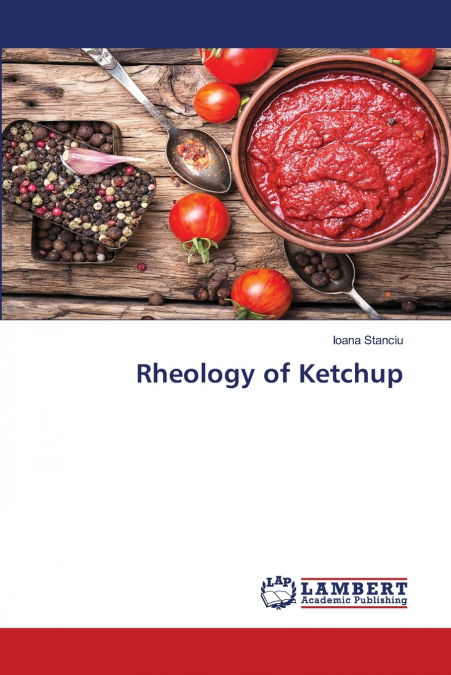
Ioana Stanciu
The book titled 'Rheology of Ketchup' is structured into five chapters. Ketchup, a complex food product, exhibits non-Newtonian, shear-thinning behavior-its viscosity decreases under shear stress. It is also thixotropic, meaning its viscosity decreases over time when sheared. This behavior is influenced by ingredients such as pectin, hydrocolloids, and other stabilizers, which affect its flow during handling, storage, and processing. Unlike Newtonian fluids (e.g., water), whose viscosity remains constant regardless of shear rate, ketchup’s viscosity changes with applied force. That’s why it becomes easier to pour when the bottle is shaken, tilted, or squeezed. At rest, ketchup is more viscous; under force, it flows more readily. Thixotropy further implies that even if the shear rate remains constant, viscosity continues to decrease over time, which is critical in understanding its behavior in real-world applications like packaging and consumer use.